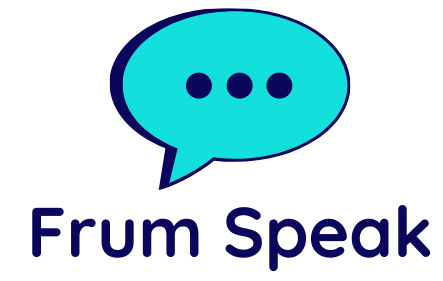The National Archives and the genealogy company Ancestry are teaming up to digitize and put online tens of millions of records from the Archives’ vast holdings.
The project, announced Thursday, will take place over five years. In the first phase, about 65.5 million records that had previously not been available online will appear on Ancestry’s website, the organizations said in a statement.
The newly available records will include military documents from World War II and the Korean War era, as well as immigration and naturalization reports, their statement said.
The data is expected to begin appearing in about two years, Pamela Wright, the Archives’ chief innovation officer, said in a video interview Tuesday.
“Not everybody can drive to a National Archives facility,” Wright said. “It’s a geographic barrier for a lot of people, and making it digital, we like to say, democratizes access to the records.”
The process involves the conservation, preparation and copying of documents with scanning machines or digital cameras. Descriptive information is then added, and the documents will eventually be posted on the websites of the Archives, Ancestry and, in certain instances, Ancestry’s military website, Fold3.
Ancestry will cover much of the cost for labor, equipment and other expenses, Wright said. In some cases, the new data will be available only on Ancestry’s websites for three years “so that they can make some of that money back,” she said.
An Ancestry spokesperson said in an email that the arrangement “allows Ancestry to provide value to its user base before the images become available to the public on [the Archives’] platform.”
Quinton Atkinson, senior director of global content at Ancestry, said his organization expects to spend about $10 million on the project.
“We are unlocking access to millions of documents and records that we can publish and make available more broadly than we ever have before,” he said in a video interview Wednesday.
“This is the largest public-private archival partnership we’ve ever entered into,” he said.
Ancestry, which is based in Lehi, Utah, charges a subscription fee for use of its website, although it allows free access to records like those from the Freedman’s Bureau, the Chinese Exclusion Act period, and the incarceration of Japanese Americans during World War II, Ancestry said.
The Archives website, although more cumbersome to use, is free. Wright said the website is being redesigned next year. “So we’ve got plans to make it better,” she said.
The two institutions have agreed, based on user interest, which topics to prioritize for scanning, Chris Naylor, the Archives’ executive for research services, said in a video interview Tuesday.
“There’s a lot of interest getting our Native American records digitized as much as we can,” Wright said. Preparation for work on those records is underway at the Archives facility in Denver.
Among the first records to be processed this month will be petitions for naturalization from 1918 to 1947 filed by immigrants who had served in the U.S. military. The petitions, a few of which were scanned and posted years ago, are held in the Archives office in San Bruno, Calif.
Beyond people’s names and dates and places of birth, the petitions “also captured additional information about the petitioner’s military service, including their military serial number, rank, unit, duty station, date and place of entry into the military,” Wright said. “They’re really valuable resources.”
At the Archives facility in St. Louis, the team plans to digitize draft cards from 1948 to 1959. “It’s the first selective service registration post-World War II,” Naylor said, and it includes data for men who served in the Korean War.
The project will help reconstruct military service records, many of which were lost in a catastrophic fire at the National Personnel Records Center in St. Louis in 1973, he said. More than 15 million military personnel files were destroyed, including 80 percent of the files of soldiers discharged between roughly 1912 and 1960.
Many of the records to be digitized are “name rich,” said Naylor. “They’ll support historical and genealogical research … and will really help tell these countless stories of Americans that are held in our records.”
Ancestry says it has 60 billion records and 3 million subscribers to its online research service.
The National Archives and Records Administration encompasses the landmark headquarters building in downtown Washington, a large research facility in College Park, Md., 13 presidential libraries and 14 regional archives.
The institution houses the Declaration of Independence, the Constitution, the Emancipation Proclamation, and more than 13 billion other paper records. It also has photographs, films and other records.
“The National Archives is the nation’s record keeper,” Colleen J. Shogan, archivist of the United States, said in the statement. “Our mission is to preserve, protect, and share those stories with all Americans.”
The agreement will include enhanced training for the Archives’ digitization staff, as well as the development of further projects in the future, the statement said.
The announcement comes after the Archives unveiled a new state-of-the-art digitization center at its facility in College Park last month.
The center includes high-speed scanners and overhead camera systems that can handle a variety of record types and formats and will enable the Archives to digitize up to 10 times as many records per year.
(c) Washington Post
09
May
Category:


Recent comments